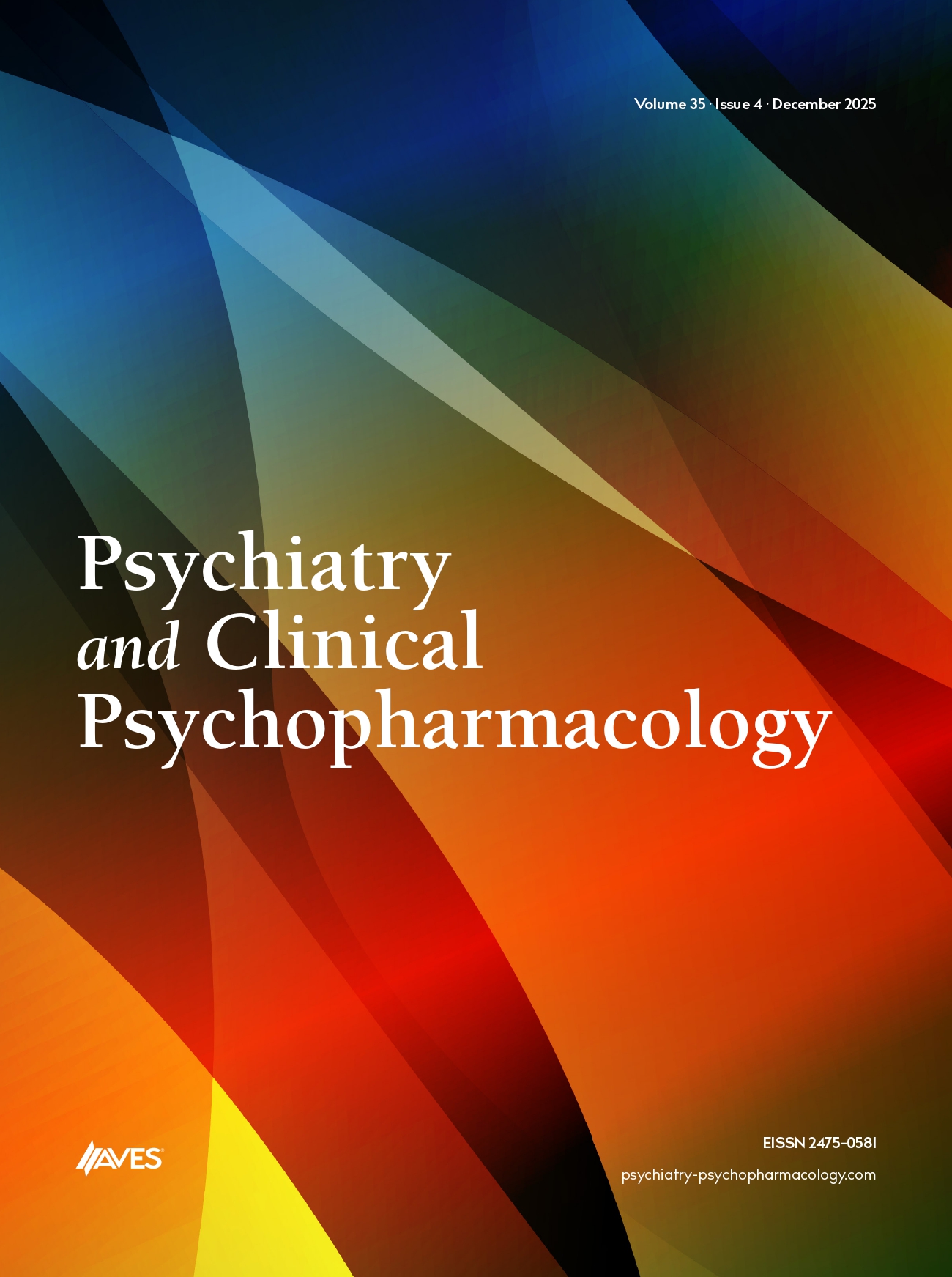Background: The aim is to investigate the independent risk factors of non-suicidal self-injury (NSSI) in adolescents with depression and to construct a risk prediction model to evaluate its predictive efficacy.
Methods: Clinical data were collected from 150 adolescents diagnosed with depression who were admitted to West China Hospital of Sichuan University between October 2022 and October 2024. The patients were categorized into 2 groups based on the presence or absence of NSSI behavior: NSSI group (n=65) and non-NSSI group (n=85). Hamilton Depression Scale (HAMD) and Hamilton Anxiety Scale (HAMA) were used to evaluate the degree of depression and anxiety. The Adolescent Self-rated Life Events Scale (ASLEC), Family Intimacy and Adaptability Scale II (FACES II-CV), Childhood Trauma Questionnaire Short Form (CTQ-SF), and Multidimensional Scale of Perceived Social Support (MSPSS) were used to evaluate the frequency and intensity of stressful life events, family functioning, childhood trauma, and perceived social support. Independent risk factors associated with NSSI behavior were screened by univariate and multivariate multivariable logistic regression analysis, and a Nomogram model for NSSI risk prediction was established based on these factors.
Results: Significant variations were observed between the NSSI group and the non-NSSI group regarding factors such as gender, depression scores, interpersonal stress, learning stress, closeness to family, adaptability within the family, emotional abuse, emotional neglect, physical abuse, physical neglect, as well as perceived support from both family and friends (P < .05); univariate and multivariate logistic regression analyses revealed that gender (P < .001, 95% CI:1.10~1.46), interpersonal stress (P < .001, 95% CI:1.10~1.46), academic stress (P=.004, 95% CI:1.06~1.37), and somatic abuse (P < .001, 95% CI:1.51~3.34) were independent risk factors for the presence of NSSI behaviors in adolescent depression (P < .05); patients’ perceived support from family (P=.002, 95% CI:0.57-0.88) was an independent protective factor for the presence of NSSI behaviors in adolescent depression (P < .05); good fit between calibration curve and ideal curve; and the area under curve of receiver operating characteristic curve was 0.868, and when the optimal risk cut-off value reached 29.30%, the model accuracy, sensitivity, and specificity were 0.787, 0.694, and 0.908, respectively.
Conclusion: Adolescents with depression are at higher risk of NSSI behavior and have complex risk factors for its occurrence. The risk prediction model constructed in the study for the occurrence of NSSI behaviors in adolescents with depression is effective in predicting the risk and may enable effective differentiation of patients at risk.
Cite this article as: He Y, Dai S, Tang T, Ou Y. Analysis of independent risk factors and construction of a risk prediction model for non-suicidal self-injurious behavior in adolescents with depression. Psychiatry Clin Psychopharmacol. Publication Date: October 27, 2025. doi 10.5152/pcp.2025.251087.


.png)
.png)